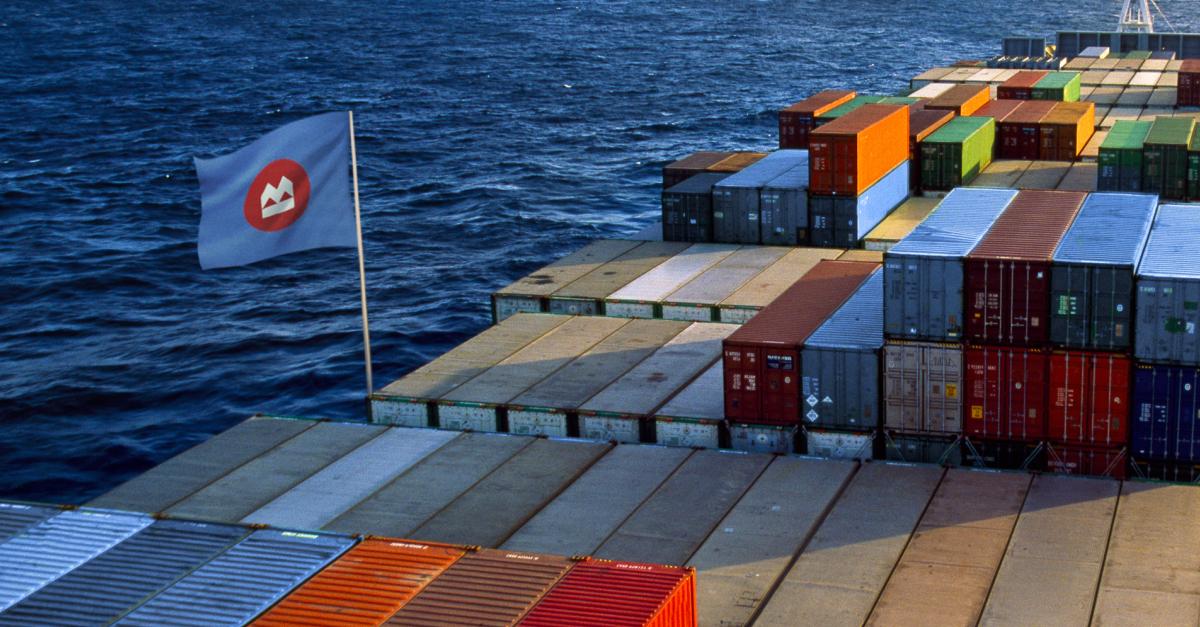BMO recently held an event to discuss the current state of supply chain bottlenecks, strategies for managing the crisis and when we can expect the situation to begin to normalize. Joining us to offer their insights were two well-respected individuals who extensively cover the supply chain:
Bill Thomson, Head, U.S. Logistics, Rail and Shipping and Managing Director, BMO Commercial Bank
Fadi Chamoun, Transportation Analyst and Managing Director, BMO Capital Markets; and
Eric Starks, Chairman and CEO of FTR Transportation Intelligence, a leader in freight transportation forecasting.
Listen to the full episode:
BMO COVID-19 Insights podcast is live on all major channels including Apple, Google and Spotify.
The current chaos in the global supply chain has been on everyone’s mind. From logjams at major ports to material shortages to a lack of truck drivers, it’s a situation that has impacted nearly all business sectors. But what are the expectations moving forward? When can we expect stability to return to the flow of goods?
Following is a summary of the event.
An evolving predicament
The pandemic exposed existing issues within the supply chain. As Starks pointed out, freight markets were on a downward trend in 2019 before COVID-19 completely disrupted the supply chain in 2020. The resurgence in trucking and intermodal traffic in the summer of 2020 set the stage for the current predicament, as low inventories clashed with surging consumer demand. Meanwhile, the labor problems facing the U.S. is being mirrored across the globe.
“Ultimately, if you don't have the labor, you're not able to get velocity in the supply chain, so you start to lose the capacity that you already have,” Chamoun said.
It’s led to a situation where shippers are looking for alternative ports that will allow them to get their goods moving inland. While the ports of Los Angeles and Long Beach continue to experience gridlock (more than 100 ships were parked off their shores in mid-December), ports on the East and Gulf coasts—New York and New Jersey, Savannah, Georgia, and Houston—are getting a boost in traffic. But Starks pointed out that’s creating its own set of issues.
“What we're finding is you have a significant amount of inbound traffic on the East Coast and Gulf Coast and you don't have the same type of growth on outbound traffic, and that is not normal,” Starks said. “This is why we're seeing spot rates for trucks very high.”
Transport rates are higher across the supply chain. Chamoun pointed out that air freight and ocean spot rates both set new records recently. “On the land side, things are easing up a little bit, but it's still far, far from being at a normalized level. I think it's going to take a little bit of time before we see that normalization occur.”
The next phase: Opportunities and risks
Both Chamoun and Starks expect shipping prices to remain elevated through 2022, but they believe the key issue next year will be the ability for shippers to secure capacity and mitigate their risks. Chamoun said he’s seeing more companies attempt to bring more efficiency to their supply chains. He also noted that hiring has improved, with training programs among railroad companies providing a boost. Starks noted that companies are placing more emphasis on building relationships.
“Relationships are being built to last,” Starks said. “The shipper wants to be a preferred shipper. They want the carrier to say, ‘Yes, I want to move your goods.’ That's how you secure capacity, and those are the things that we're going to continue to see for the foreseeable future.”
Meanwhile, another risk is looming: the omicron variant, which Chamoun called a “real and present danger for the supply chain for the next three months.” Given how much the delta variant has impacted the supply chain over the past six months, Chamoun said there’s a significant risk that omicron could have a similar effect.
“We’ve seen at least one occasion where one omicron case caused two ports to shut down in China,” Chamoun said. “If that starts to happen at a much larger scale, I think you're looking at exacerbating some of the problems solving the last three six months.”
Ultimately, navigating the supply chain woes will require shippers to be nimble and understand where their risks lie.
“What's the global market going to look like?” Starks said “In general, we have an expectation that manufacturers are going to continue to grow, and we have an expectation that the consumer is going to start to shift a little bit from goods into the service sector. Understanding and trying to assess those shifts are something that we’re really trying to get people to understand as they look out over their forecast horizon.”
And given the global scope of the crisis, it’s going to require patience.
“The ability to produce and get goods is globally challenging,” Starks said. “Everybody’s playing in the same sandbox. It’s going to take a while for us to get out of the conundrum we’re in right now.”
